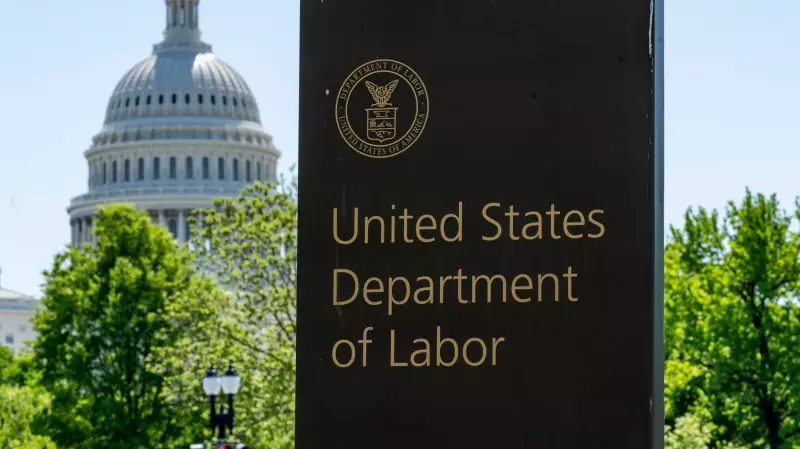
The United States labor market demonstrated unexpected resilience in September as employers added a solid 119,000 jobs, according to a long-delayed government report released Thursday. The unemployment rate ticked upward to 4.4% from August's 4.3%.
Delayed Report Reveals Economic Picture
The September jobs report, originally scheduled for release in early October, was delayed for seven weeks due to the federal government shutdown. During the 43-day shutdown, investors, businesses, and policymakers were left without crucial economic data as federal workers were furloughed and unable to collect employment statistics.
The payroll increase of 119,000 jobs more than doubled economists' forecasts of 50,000, providing a surprising positive signal. However, the Labor Department's revisions revealed the economy actually lost 4,000 jobs in August rather than gaining 22,000 as initially reported.
Economic Context and Challenges
The job market has faced significant strain this year from multiple factors. The lingering effects of high interest rates designed to combat the 2021-2022 inflation spike continue to impact employment. Additionally, uncertainty around former President Trump's campaign to impose tariffs on imports from numerous countries has created economic headwinds.
Recent Labor Department revisions show the economy created 911,000 fewer jobs than originally reported during the year ending in March. This adjustment means employers added an average of just 71,000 jobs monthly during that period, rather than the initially reported 147,000.
Since March, job creation has slowed even further to an average of 53,000 positions per month. This contrasts sharply with the 2021-2023 hiring boom following COVID-19 lockdowns, when the economy was generating 400,000 jobs monthly.
Federal Reserve Considerations
The September jobs report takes on added significance as Federal Reserve policymakers remain divided over whether to cut interest rates for the third time this year when they meet in December. This report represents the last complete measurement of hiring and unemployment that Fed officials will see before their December 9-10 meeting.
Economists had anticipated continued weak hiring with few layoffs—an unusual combination that provides job security for employed Americans but makes finding work difficult for those without employment.
The Labor Department announced it won't release a full October jobs report due to data collection disruptions during the shutdown. Instead, some October employment data will be released alongside the complete November jobs report on December 16.
President Trump's immigration policies are expected to further impact the labor market by reducing the number of people seeking work, meaning the economy can create fewer jobs without pushing the unemployment rate higher.




